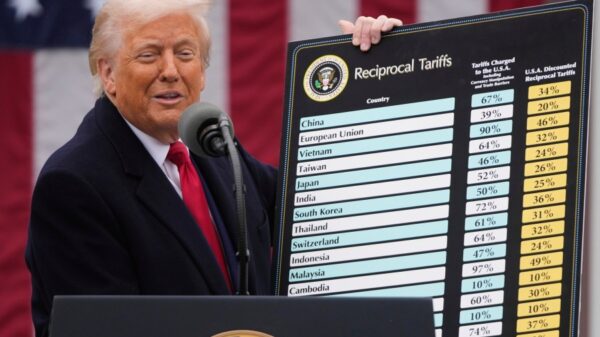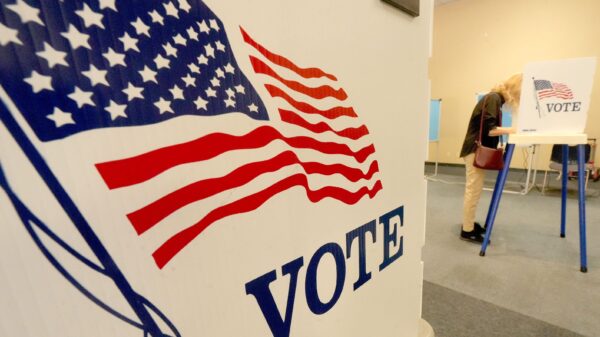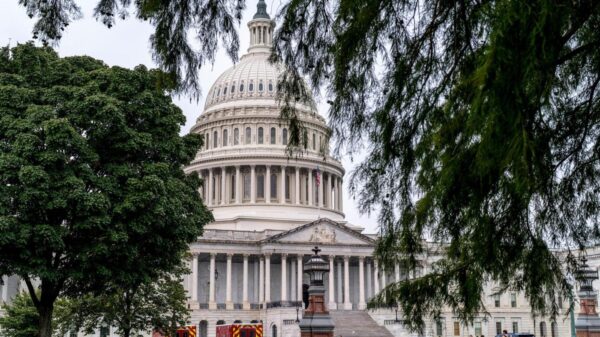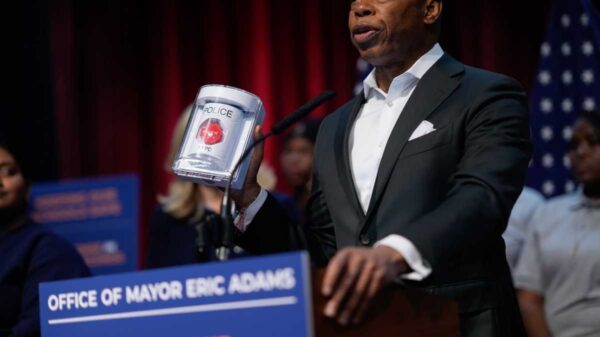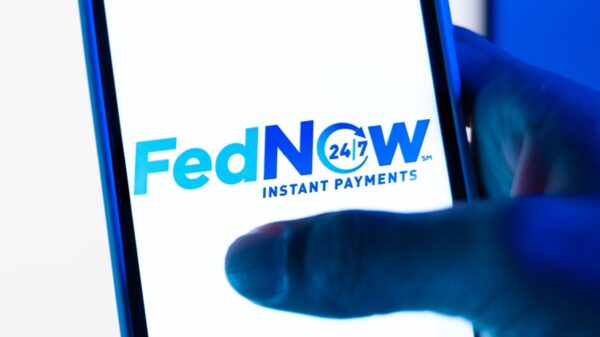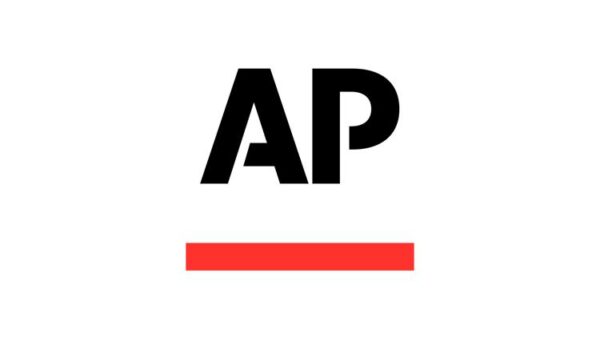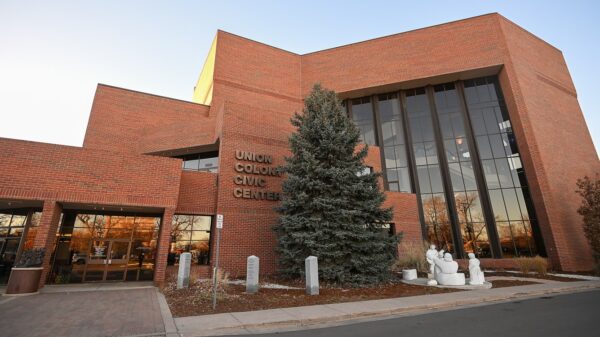Back-to-school shopping has reached unprecedented heights in 2025, with families expected to spend an average of $1,230 per household. This figure marks a significant increase of 4% from the previous year and the highest total in four years. As parents navigate this annual tradition, many are turning to financing options to manage the rising costs associated with equipping their children for the new academic year.
The trend has shifted dramatically from simpler times when a few basic supplies sufficed. Today’s parents are faced with a shopping list that includes not just notebooks and pencils, but also high-ticket items like laptops and premium tablets. In fact, spending for school supplies is projected to reach $628 per child, with key categories such as clothing averaging $157, electronics $100, and other school supplies $90.
Changing Landscape of School Supplies
Gone are the days when a new backpack and box of crayons were enough. Parents are now strategizing their purchases like seasoned investors, timing their buys around sales and discounts. The demand for unusual and sometimes extravagant items has also been on the rise, as school supply lists can include anything from potting soil to waterproof backpacks equipped with built-in rain hoods.
Interestingly, even the price of a simple No. 2 pencil has seen fluctuations. As of summer 2025, a pack of twelve name-brand pencils costs approximately $1.79, while specialty ergonomic types can exceed $4 for the same quantity. This increase can be attributed to inflation and tariffs, which have pushed the average price up by about 10% to 15% over the past five years.
Financial Strategies and Trends
The back-to-school shopping season now rivals holiday shopping in its early start. Approximately 45% of parents begin their shopping before June, making July the second-busiest month for retail spending. This shift has been influenced by concerns over inventory and strategic retail marketing campaigns.
With costs climbing, many parents are opting for “buy now, pay later” plans to manage their expenses. Major retailers are increasingly offering installment payment options, allowing families to spread out the financial burden while securing their children’s desired items right from the start of the school year.
Sales tax holidays have emerged as a vital strategy for cost-conscious parents. A significant 84% plan their largest purchases around these tax-free days, which can provide savings of up to 8% on their total expenses.
Additionally, the trend of purchasing secondhand items is gaining traction, with nearly half of all parents reporting they buy at least some used school gear. Many are also resorting to side jobs or cutting back on non-essential spending to afford the necessities for the upcoming academic year.
The landscape of back-to-school shopping varies widely by location. In 2025, New York tops the list with an average of $1,123 spent per child, followed closely by Florida and California. In contrast, states like Louisiana, Mississippi, and West Virginia are considered more frugal, with average expenditures as low as $321 per child.
As families prepare for the new school year with lists that sometimes seem absurd, one thing is clear: the annual shopping ritual has transformed into a more complex, costly endeavor. Whether it involves deciphering the latest supply list or labeling dozens of pencils, parents are united in facing these financial challenges together.







